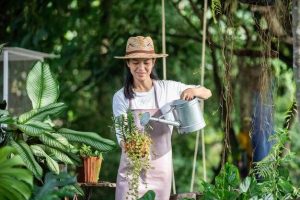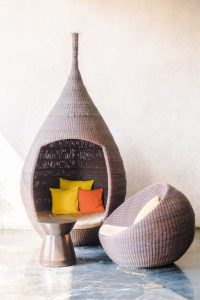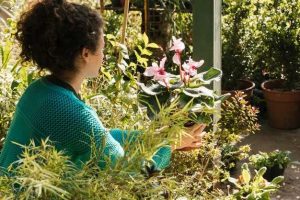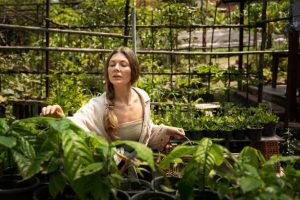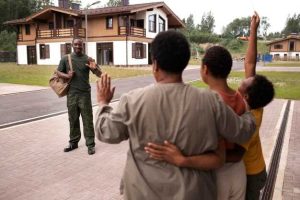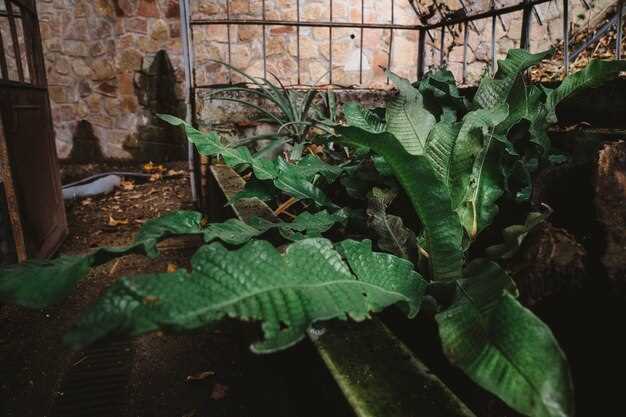
Sustainable Materials for Building and Decorating in Nicaragua
Consider using bamboo as a primary material for both construction and decoration in Nicaragua. This fast-growing plant offers incredible strength and flexibility, making it a favorite among architects and builders. Bamboo’s renewability ensures a low environmental impact, and its aesthetic appeal adds a unique touch to any space.
Another excellent option is coconut palm wood, widely available in coastal areas. Its natural resistance to decay and insects makes it perfect for outdoor applications. Utilizing this material not only supports local industries but also reduces the carbon footprint associated with importing wood from distant forests.
Recycled materials hold great potential too. Look for reclaimed bricks, tiles, and other building components from local demolition sites. This approach conserves resources and offers distinctive character to your projects. Incorporating these materials can highlight the history and culture of Nicaragua, providing a rich narrative to your space.
Lastly, consider using natural dyes and finishes sourced from local plants. Creating vibrant and eco-friendly colors with these materials further enhances the sustainability factor of your building and decorating efforts. Adopting these practices not only promotes an environmentally responsible approach but also embraces the beauty of Nicaragua’s natural resources.
Understanding the Benefits of Sustainable Materials in Nicaraguan Construction
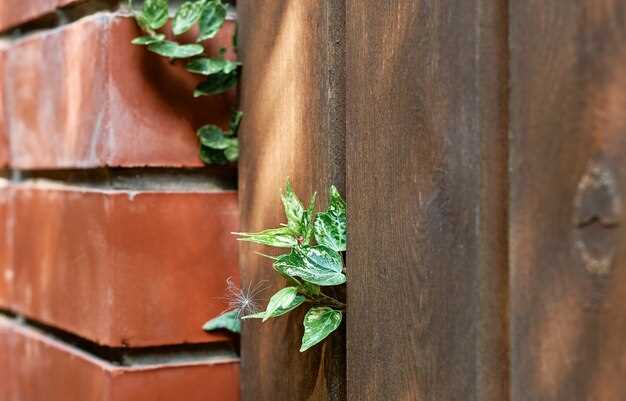
Sustainable materials significantly enhance construction projects in Nicaragua by reducing environmental impact and promoting health benefits. The integration of local resources, such as bamboo and clay, not only supports the local economy but also minimizes transportation emissions. These materials often have lower energy requirements during manufacturing, further lessening their carbon footprint.
Health and Comfort Improvements
Utilizing sustainable materials leads to healthier indoor environments. Natural materials, such as wood and stone, improve air quality and minimize the presence of harmful chemicals typically found in artificial products. These materials also regulate humidity, providing a more comfortable living and working space, which is especially beneficial in Nicaragua’s tropical climate.
Economic Advantages
Investing in sustainable materials can result in long-term financial savings. While initial costs might be higher, the durability and low maintenance of these materials contribute to reduced repairs and replacements over time. Additionally, leveraging local materials generates job opportunities within communities, stimulating economic growth. Sustainable construction practices can lead to lower utility bills through energy-efficient designs and materials, which provide significant cost benefits to homeowners and businesses.
| Benefit | Description |
|---|---|
| Environmental Impact | Reduction in carbon emissions and waste generation. |
| Health | Improved air quality and reduced exposure to toxins. |
| Cost-Effectiveness | Lower long-term maintenance and energy costs. |
| Local Economy | Job creation and support for local businesses. |
Top Sustainable Materials Available Locally for Modern Interior Design
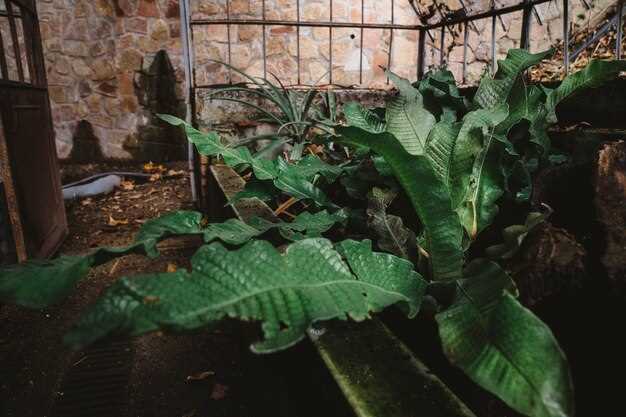
Bamboo emerges as a premier choice for interior design in Nicaragua. This rapidly renewable resource showcases durability and versatility. Whether used for flooring, cabinetry, or decorative elements, bamboo adds natural beauty while minimizing environmental impact.
Terracotta tiles serve as another sustainable option. Locally sourced and traditionally crafted, these tiles bring warmth and character to spaces. They are ideal for both flooring and wall installations, offering excellent thermal benefits and enhancing aesthetic appeal.
Recycled Wood
Recycled wood stands out for both its sustainability and charm. Salvaged from old structures, this material infuses spaces with stories and authenticity. Use it for furniture, shelving, or accent walls to add unique character while reducing waste.
Natural Fiber Textiles
Incorporating natural fiber textiles like jute and cotton can elevate interior spaces. These materials, often produced by local artisans, promote ethical practices and sustainability. Use them for cushions, curtains, or rugs to add texture and warmth, all while supporting local economies.
How to Source Eco-Friendly Decor Items in Nicaragua
Explore local artisan markets in cities like Masaya or Granada for handmade decor items crafted from sustainable materials. These markets showcase a variety of products, often made from native resources like wood, clay, or recycled materials. Interacting directly with artisans provides insights into their methods, ensuring that you support environmentally responsible practices.
Visit Sustainable Shops
Seek out shops dedicated to eco-friendly products. Many boutiques focus on items made from recycled or upcycled materials. Research online for local retailers emphasizing sustainability. Check labels and materials to confirm the product’s eco-friendliness and inquire about sourcing practices when shopping.
Attend Workshops and Fairs
Participate in local workshops or craft fairs highlighting sustainable living. These events often feature eco-conscious vendors and provide opportunities to learn more about the materials used. Connecting with other sustainability advocates can lead to valuable recommendations and resources for sourcing decor items.
Incorporating Natural Elements into Your Nicaraguan Home Design
Choose locally-sourced materials, such as bamboo and clay bricks, to create a strong connection to the surrounding environment. Bamboo is sustainable, lightweight, and versatile. Utilize it for structural elements, furniture, or decorative features.
Maximize Natural Light
Design large windows and open spaces that invite natural light. Use glass doors that open to patios or gardens, blurring the lines between indoors and outdoors. This approach enhances the ambiance and reduces reliance on artificial lighting.
Integrate Local Flora
Incorporate indigenous plants into landscaping and interior design. Consider the following:
- Use tropical plants like bromeliads and orchids for vibrant indoor displays.
- Create outdoor gardens featuring native species that require minimal maintenance and can resist local pests.
- Plant fruit-bearing trees for shade and nourishment.
Natural textures and colors can enhance the aesthetic appeal. Combine wood, stone, and clay for a harmonious look. Use unfinished wood for furniture, stone for pathways, and clay pots for plant arrangements.
Consider eco-friendly finishes for walls and floors. Lime paint or natural oils for wood can provide a rustic charm while being less harmful to the environment. Opt for natural fibers in textiles, like cotton or jute, for curtains, rugs, and upholstery.
Creating outdoor living spaces encourages a lifestyle that respects nature. Design patios or verandas with comfortable seating, shaded areas, and proximity to gardens. This fosters a relaxed atmosphere where you can enjoy the Nicaraguan climate.
Embrace local craftsmanship by sourcing handmade items that reflect the cultural heritage. This not only supports artisans but also infuses your home with unique character.
Innovative Uses of Bamboo in Contemporary Nicaraguan Architecture
Bamboo gains recognition in Nicaraguan architecture for its lightweight strength, sustainability, and versatility. Architects integrate bamboo in various aspects, enhancing structures while prioritizing eco-friendliness. Consider using bamboo as a primary building material for walls and roofs, showcasing its natural aesthetic and excellent thermal properties.
Structural Applications
In construction, bamboo’s tensile strength makes it ideal for framing. Utilize laminated bamboo beams to create spacious interiors without relying on heavy materials. These beams not only resist bending but also contribute to a modern, open design. The use of bamboo in flooring systems further enhances durability and comfort underfoot, promoting an inviting atmosphere.
Design Elements
Bamboo plays a significant role in decorative elements. Architects use it for railings, ceiling treatments, and even furniture. Incorporating bamboo into outdoor spaces, such as pergolas and shading structures, provides a natural look while ensuring airflow. This integration connects indoor and outdoor environments harmoniously, reinforcing a sustainable lifestyle.
Exploring these innovative methodologies highlights bamboo’s potential to redefine contemporary architecture in Nicaragua. By choosing bamboo, builders not only create stunning structures but also support environmental health and local economies. Investing in bamboo is investing in a sustainable future for Nicaraguan communities.
Guidelines for Selecting Recycled Materials in Home Renovations
Select materials with a high recycled content. Look for products specifically labeled as recycled, ensuring they have been repurposed or reclaimed. Common materials include reclaimed wood, recycled metal, and repurposed tiles.
Evaluate the sourcing of recycled materials. Investigate local suppliers and salvage yards. Using locally sourced materials reduces transportation emissions and supports the regional economy.
Check the quality and durability. Recycled items can vary in quality; inspect for structural integrity. Choose materials that meet your renovation needs and can withstand wear over time.
Prioritize health and safety. Some recycled materials may contain harmful substances. Ensure that any paint, finish, or treatment used on recycled materials is non-toxic and environmentally friendly.
Consider design versatility. Recycled materials can offer unique aesthetics. Choose items that complement your home’s style, adding character while maintaining functionality.
Plan for waste management. During renovations, recycle any leftover materials. Set aside unusable items for proper disposal to minimize waste and harm to the environment.
Engage with professionals experienced in sustainable practices. Collaborating with builders who specialize in recycled materials can help you make informed choices, ensuring effective integration into your design.
Evaluating Local Trends in Sustainable Interior Design
To enhance sustainable interior design in Nicaragua, prioritize locally sourced materials. Incorporate bamboo, a fast-growing grass, for furniture and decorative elements. Its durability and aesthetic appeal contribute to a stylish and eco-friendly environment.
Reclaimed wood stands out as a popular choice for flooring and accents. Utilize old planks from demolished buildings or leftover construction materials. This practice not only reduces waste but also adds character to indoor spaces.
- Seek out artisans who use indigenous techniques for crafting furniture and decor. This supports local economies and preserves cultural heritage.
- Consider natural fibers for textiles, such as cotton and sisal. These materials offer breathability and comfort while minimizing environmental impact.
- Implement a color palette inspired by the local landscape. Earthy tones and greens can create a calming atmosphere, enhancing the indoor ambiance.
Integrate energy-efficient lighting options like LED fixtures. These not only save electricity but also come in various styles to complement any interior design.
- Evaluate the use of natural ventilation in building design. Position windows and doors to maximize airflow, reducing reliance on air conditioning.
- Incorporate plants as a decorative element. Native species can enhance air quality while adding a touch of nature indoors.
Regularly engage with the community to discover new materials and techniques, ensuring your designs remain relevant and sustainable. By focusing on local trends and resources, you contribute to a greener future for Nicaragua.
Practical Tips for Maintaining Your Eco-Friendly Home in Nicaragua
Regularly check for leaks in plumbing to minimize water waste. Fixing even small leaks can save gallons of water, which is especially important in Nicaragua’s tropical climate. Use eco-friendly sealants for repairs to keep your home sustainable.
Optimize Energy Use
Install solar panels to harness Nicaragua’s abundant sunlight. This can significantly reduce your electricity costs and environmental impact. Pair solar systems with energy-efficient appliances to enhance performance. Consider using LED lighting throughout your home to further cut energy consumption.
Embrace Natural Ventilation
Utilize wide windows and natural airflow to keep your home cool. Arrange your living spaces to promote cross-ventilation, reducing reliance on air conditioning. Use awnings or shades to block direct sunlight during the hottest parts of the day, maintaining comfort without increasing energy use.
Choose local, sustainable materials for maintenance projects. This supports the community and reduces carbon footprints associated with transportation. Regular maintenance of roofing can prevent costly repairs and prolong your home’s lifespan. Keep gutters clean to ensure proper drainage during the rainy season.
Practice organic gardening with native plants around your home. This not only enhances biodiversity but also requires less water compared to non-native species. Compost kitchen scraps to create nutrient-rich soil while reducing waste.
Video:
Nicaraguans opt for sustainability | DW English
Nicaraguans opt for sustainability | DW English by DW News 957 views 6 years ago 6 minutes, 11 seconds
Q&A:
How can using sustainable materials benefit the Nicaraguan economy?
Using sustainable materials can positively impact the Nicaraguan economy by promoting local industries and creating jobs in material production. By prioritizing locally sourced materials, construction projects can reduce transportation costs and carbon footprints. This supports small businesses and encourages investment in sustainable practices, fostering economic growth while preserving the environment.
Are there specific regulations or guidelines in Nicaragua regarding the use of sustainable materials in construction?
Yes, Nicaragua has regulations encouraging the use of sustainable materials in construction. The government promotes policies aimed at increasing eco-friendly building practices. This includes guidelines for energy efficiency and the use of local resources. Several programs also support the integration of sustainable materials in public construction projects, ensuring adherence to environmental standards.
What challenges do builders face when using sustainable materials in Nicaragua?
Builders in Nicaragua face several challenges when using sustainable materials. One major challenge is the lack of awareness and education about the benefits and potential of these materials among builders and homeowners. There can also be difficulties in sourcing quality sustainable materials consistently. Additionally, financial constraints and access to financing for sustainable projects may hinder widespread adoption.
How does the climate in Nicaragua affect the choice of sustainable materials for construction?
The climate in Nicaragua, characterized by tropical weather with significant rainfall and humidity, influences the choice of sustainable materials. Builders must select materials that can withstand moisture and prevent mold growth. For instance, bamboo is highly resistant to humidity, while adobe requires proper sealing and treatment. Understanding local climate conditions is crucial for ensuring the long-term durability and effectiveness of sustainable materials in construction.
What are some sustainable materials commonly used for building in Nicaragua?
Nicaragua has a variety of sustainable materials that are popular for building purposes. These include bamboo, which is known for its strength and fast growth, making it an eco-friendly choice. Adobe, a traditional building material made from clay, sand, and straw, is also widely used due to its thermal properties and availability. Another material is recycled plastic, which is increasingly being utilized to create durable roofing and flooring options. These materials not only reduce environmental impact but also support local economies by utilizing regional resources.
How can sustainable materials impact the decoration of homes in Nicaragua?
Using sustainable materials for home decoration in Nicaragua can greatly affect both aesthetics and the environment. For instance, furnishings made from reclaimed wood offer unique visual appeal and promote responsible consumption. Natural dyes derived from local plants can be used for textiles, creating beautiful, eco-friendly decor. Additionally, incorporating local artwork reduces carbon emissions associated with transportation and supports community artists. This approach not only enhances the beauty of a home but also aligns with the values of sustainability and cultural heritage, creating spaces that reflect both environmental awareness and local identity.

